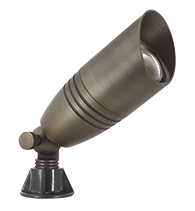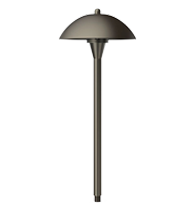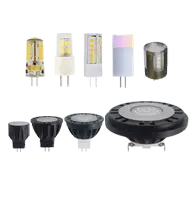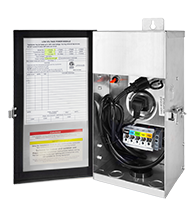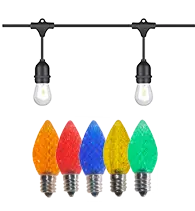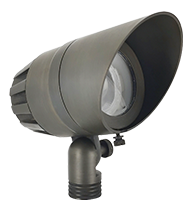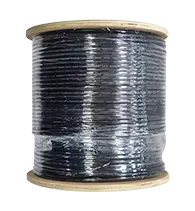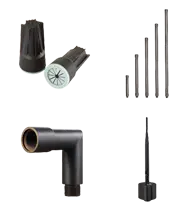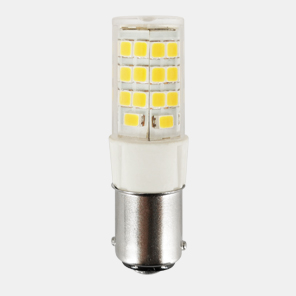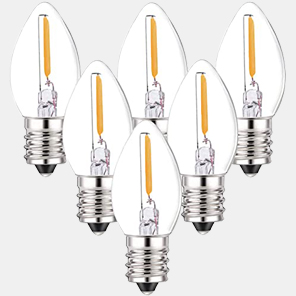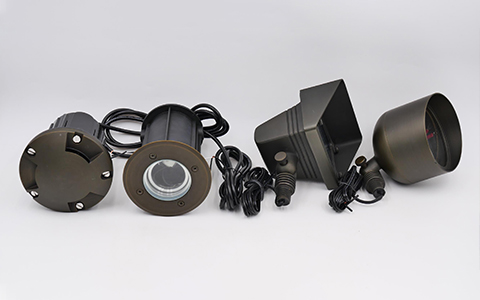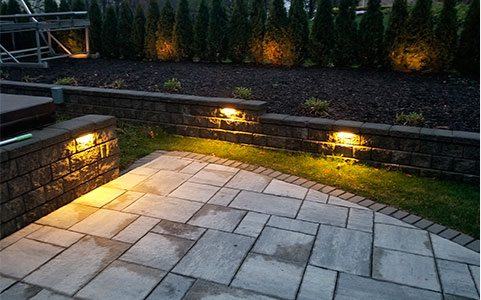Outdoor landscape lights are crafted to illuminate spaces at night while enhancing their aesthetic appeal. The creation of these lights is a meticulous process, involving various stages from conceptualization to final assembly. Lighting manufacturers have developed innovative solutions to ensure their products are both functional and visually appealing.
In this article, we explore the process of making a light fixture, from product design to manufacturing, and finally, to the assembly of the finished product. Let’s use an outdoor spotlight as our example.

Step 1: Defining the Fixture
The first step in manufacturing a landscape light fixture is determining the type of fixture you want to create. An outdoor landscape spotlight is designed to illuminate specific landscape features like trees, sculptures, or building facades. These lights typically have a focused beam angle, allowing them to target specific areas while subtly illuminating the surroundings. Before beginning the design and manufacturing process, it’s crucial to clearly define the spotlight’s function, brightness, and installation environment.
Step 2: Product Design
Once the type of fixture is determined, the next step is product design. The design process includes both aesthetic and functional aspects:
· Aesthetic Design: The shape and structure of the fixture must suit its installation environment and aesthetically harmonize with the surrounding landscape. For outdoor landscape spotlights, weather resistance is a key consideration, so the fixture's body must be designed with excellent sealing and corrosion resistance.
· Functional Design: The beam angle, light color temperature, weather resistance and installation method all need to be determined during the design phase. Designers use computer-aided design (CAD) software to create detailed drawings of the fixture and perform optical simulations to ensure the fixture meets the expected lighting performance.
Step 3: Material Selection
Selecting the right materials is crucial to ensuring the fixture’s durability and performance. This involves choosing materials for the fixture housing, components, and light source, keeping in mind the harsh outdoor conditions:
· Fixture Housing Material: Common choices include aluminum alloy, stainless steel, or brass, all known for their rust and corrosion resistance. Brass, in particular, is valued for its durability and weather resistance, making it a favorite among manufacturers and consumers.
· Lens Material: Lenses are typically made from impact-resistant glass or polycarbonate, protecting the light source while ensuring even light distribution.
· Plastic Molding: Plastic components, if any, are created using injection molding for precision and consistency.
· Wiring: Wires are cut, stripped, and prepped for assembly, with connectors and terminals added for secure, weatherproof connections.
· Drivers and Transformers: For low-voltage systems, drivers and transformers are selected and configured to match the light’s power requirements.
Step 4: Light Source Selection
The choice of light source significantly impacts the fixture's lighting effect and energy consumption. LED light sources are commonly used in outdoor spotlights due to their:
· Energy Efficiency: LED light sources are highly efficient and consume less energy, making them ideal for long-term use.
· Longevity: LEDs have a long lifespan, reducing the hassle of frequent bulb replacements, especially in outdoor environments.
· Controllability: LED light sources can offer a range of color temperatures and brightness levels, meeting diverse landscape lighting needs.
Step 5: Fixture Body Fabrication
The fabrication of the fixture body mainly includes two key processes: the metalworking process and the surface treatment process.
1. Metalworking Process
· Brass Melting → Die Casting → Work blank Inspection → Deburring → Precision Machining (including deburring, tapping, turning, thread turning) → Polishing (polishing, punching, deburring, cleaning) → Polishing Inspection (qualified for coloring process or not) → Packaging → Shipping to the coloring process.
2. Surface Treatment Process
· Cleaning and De-oiling → Surface Coloring (blackening treatment) → Blowing off Moisture → Thread Treatment → Mounting → Hanging on Rack → Paint Spray with Fluorocarbon → Curing in Oven → Coloring Inspection → Packaging → Shipping to Assembly Process.

3. Considerations for Fixture Housing Fabrication:
The fixture housing not only protects the light source from external environmental factors but also affects the distribution and quality of the light. The cover of an outdoor landscape spotlight typically needs to meet the following requirements:
· Impact Resistance: The cover material must be robust, capable of withstanding wind, rain, and impacts from external objects.
· Light Transmission: The cover must have good light transmission properties, ensuring effective light dispersion while minimizing glare.
· Weather Resistance: As the spotlight is exposed to outdoor conditions for prolonged periods, the cover material must be UV-resistant and capable of withstanding high and low temperatures to prevent aging and discoloration.
Step 6: Fixture Assembly
The assembly of the fixture involves bringing together various components to form a complete lighting fixture. This process typically includes the following steps:
· Securing the Light Source: The selected LED light source is fixed in the designated position within the fixture body, ensuring the stability of the light source and effective heat dissipation.
· Installing the Lens and Cover: The lens or cover is properly installed onto the fixture body, ensuring proper sealing and optimal light distribution.
· Wiring and Connections: Electrical connections and wiring are carried out to ensure the fixture's safety and electrical performance. Waterproofing is typically applied to ensure safety for outdoor use.
· Quality Testing: After assembly, the fixture undergoes comprehensive quality testing, including light efficiency tests, waterproof tests, and durability tests, to ensure the fixture meets design specifications.
The detailed fixture assembly process is divided into two stages: pre-assembly and final assembly.
Pre-Assembly Process 1:
· Wire Cutting → Wire Bundling → Wire Sorting → Fixing the Lamp Holder Bracket → Sheathing Heat Shrink Tube → Terminal Crimping → Heating Shrink Tube → Wire Pre-Assembly Inspection.
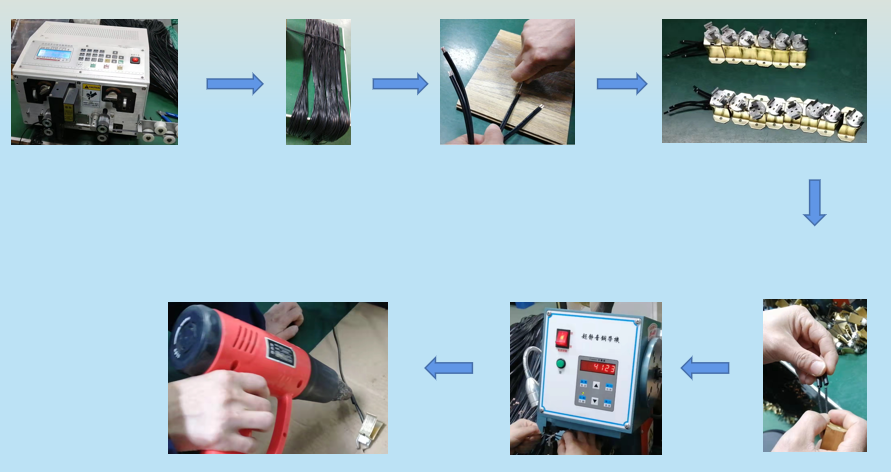
Pre-Assembly Process 2:
· Lens Component Assembly → Lens Cleaning → Glass Adhesive Injection → Dry Flat → Lens Component Assembly→ Inspection (ensure there are no color defects, completely sealed with no water leakagerisk, then packaged and shipping to final assembly).
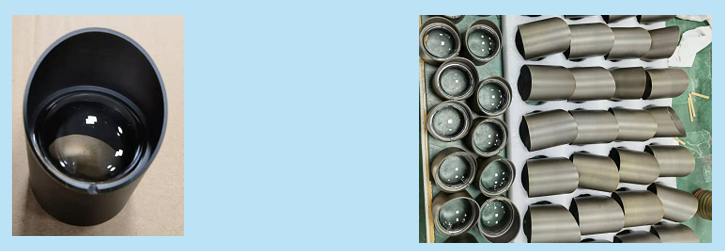
Final Assembly Process:
· Wire Knotting → Installing O rings → Threading Wires Through the Fixture Body → Securing the Lamp Holder Bracket → Threading Wires Through Knuckle → Securing Knuckle Thumb Screw → Installing Knuckle Sealing Plug → Wire Bundling → Installing Upper Shell → Appearance Inspection (ensuring the surface is scratch-free and the paint is intact)
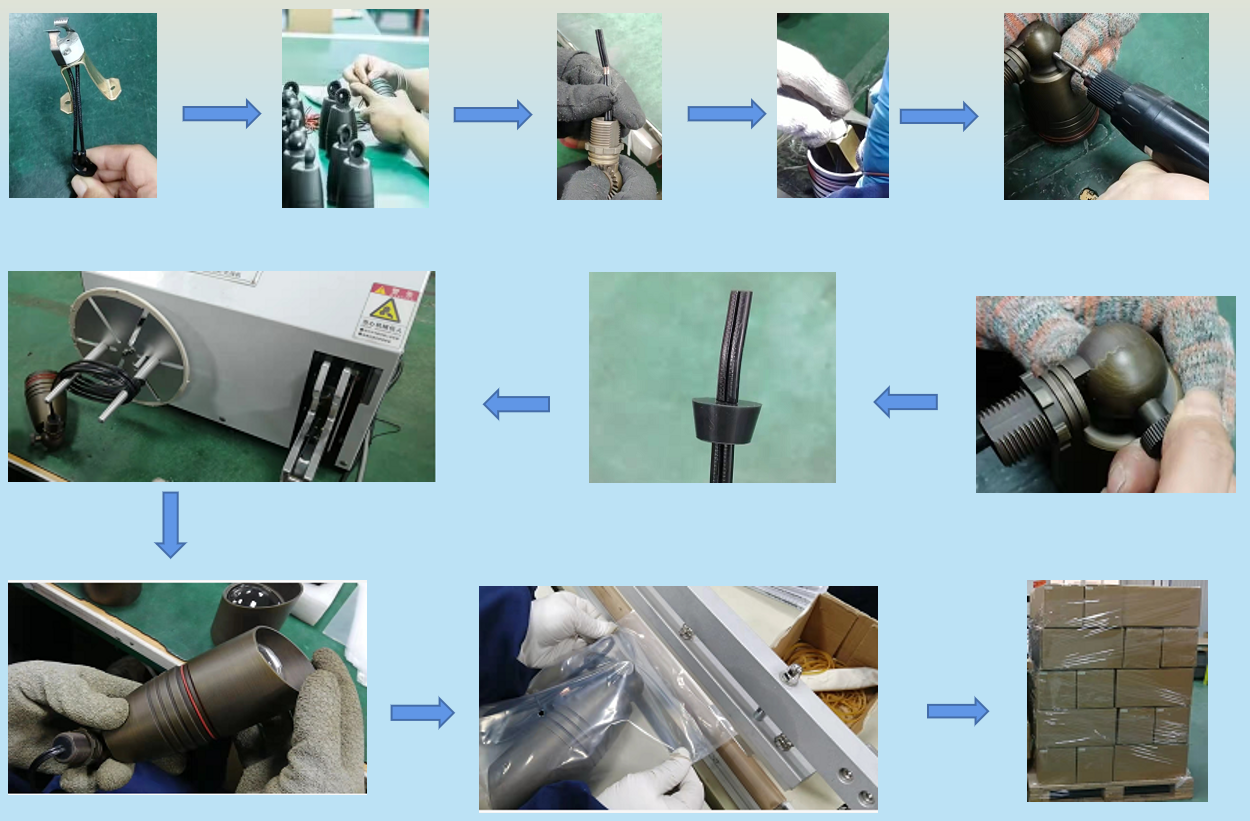
Step 7. Finishing Touches
· Quality Control: A final inspection ensures that each light meets the required specifications and quality standards.
· Branding and Labeling: The manufacturer or customer’s branding, along with any necessary product information or certification labels, is added to the light.
· Packaging: The finished lights are carefully packaged with any necessary installation hardware and instructions, ready for shipping.
Key Considerations
When manufacturing outdoor landscape spot lights, the following considerations are essential:
· Safety: Fixtures must comply with relevant safety standards to withstand harsh weather conditions without electrical faults or safety hazards.
· Heat Dissipation: Proper heat dissipation is crucial for extending the lifespan of the LED light source.
· Environmental Friendliness: Eco-friendly materials and energy-efficient light sources not only meet modern environmental standards but also enhance market competitiveness.
· Weather Resistance: Fixtures must be waterproof and resistant to extreme weather conditions to ensure long-term durability.
Conclusion
Crafting a high-quality outdoor landscape spotlight requires careful design and strict manufacturing processes. From determining the fixture type to selecting materials and final assembly, every step is crucial. Through thoughtful design, appropriate materials, and precise craftsmanship, a fixture is created that not only beautifies landscapes at night but also complements them during the day.
Partner with Lutou Technology for Your Outdoor Lighting Needs
With over 15 years of experience in outdoor landscape lighting, Lutou Technology offers a comprehensive range of high-quality brass landscape lighting fixtures and aluminum landscape lighting fixtures tailored to meet diverse needs. Our commitment to innovation, quality, and customer satisfaction makes us your ideal partner.
Contact us today to learn more about how our products can elevate your project and provide lasting value.

